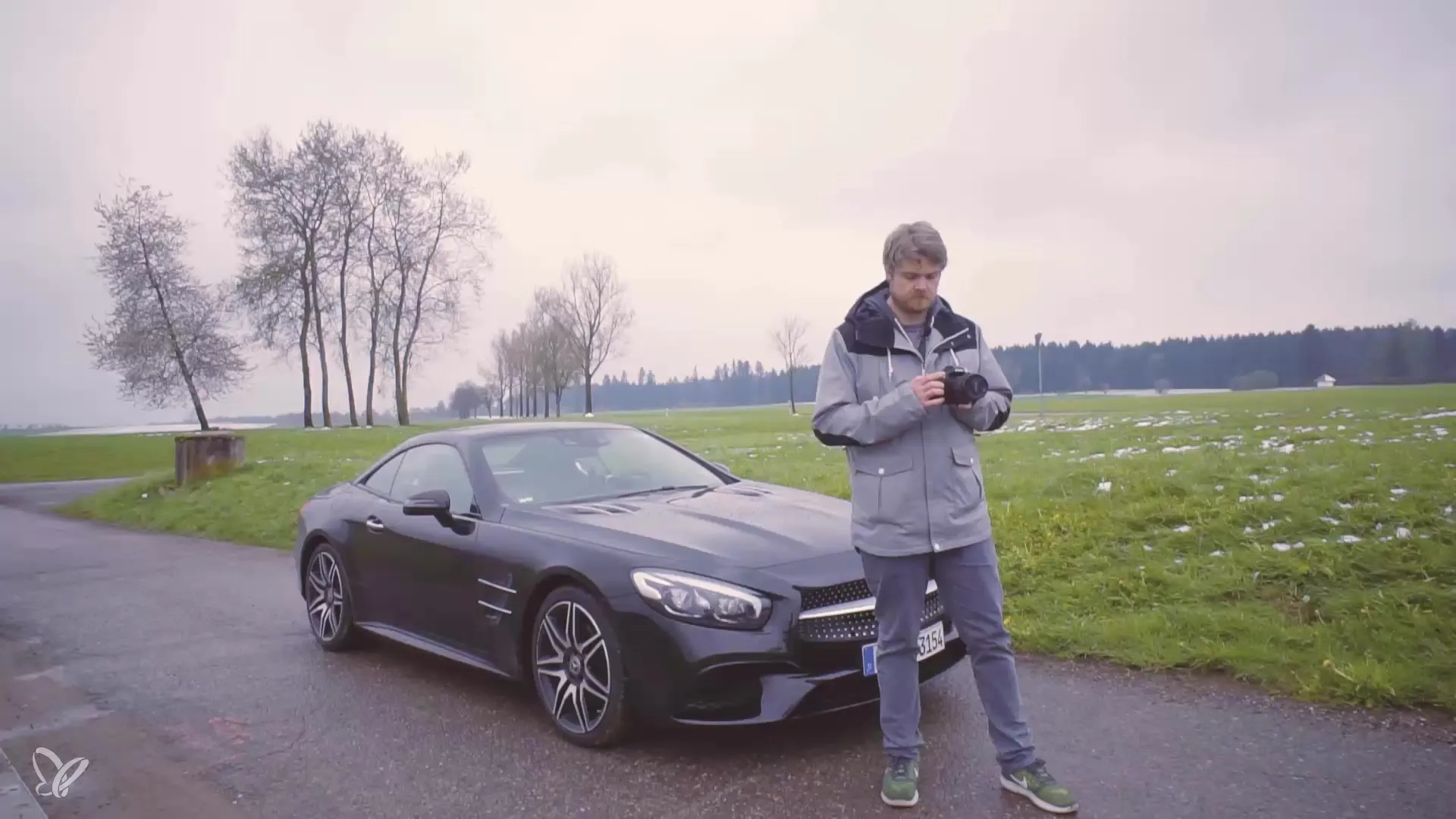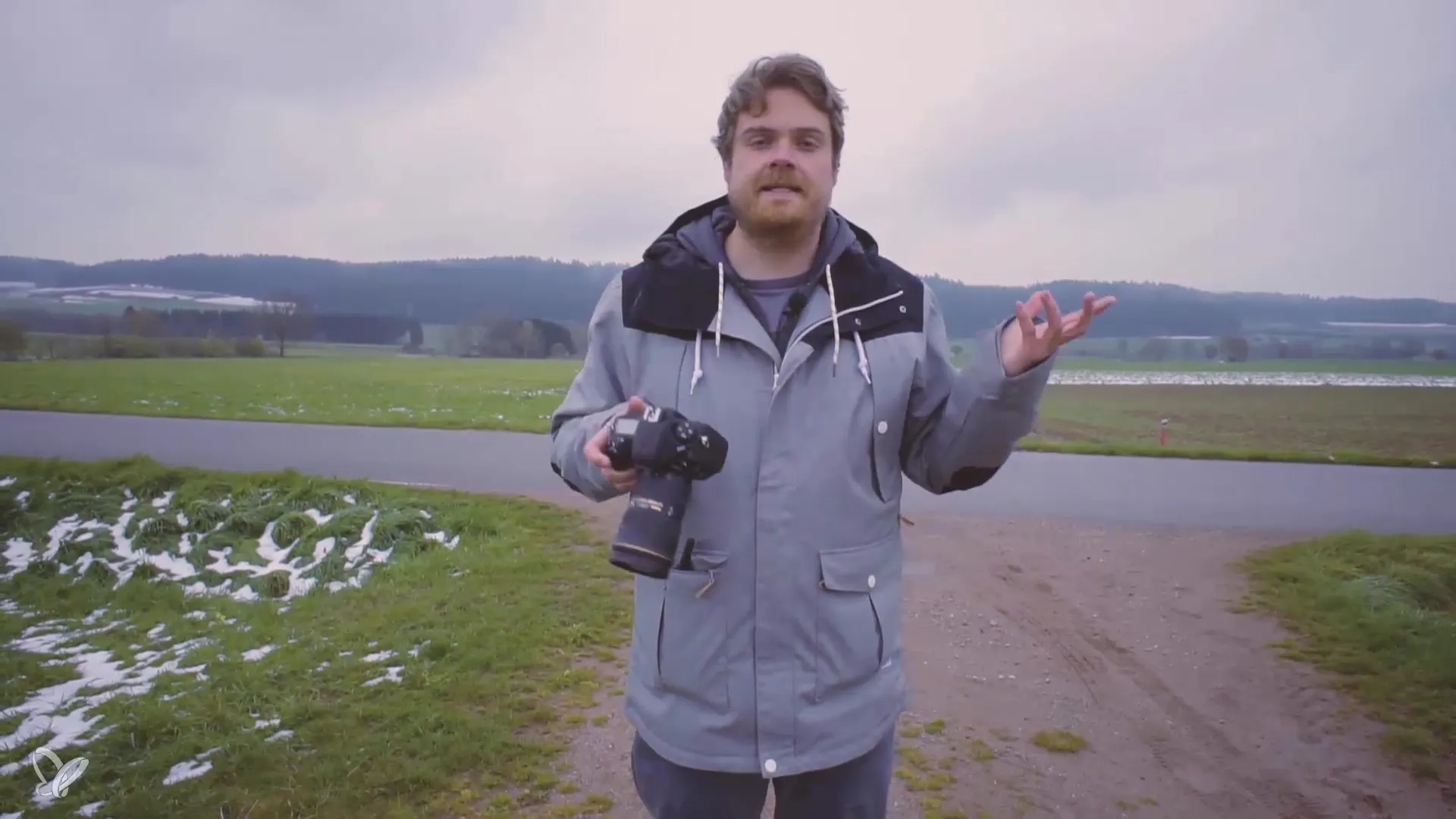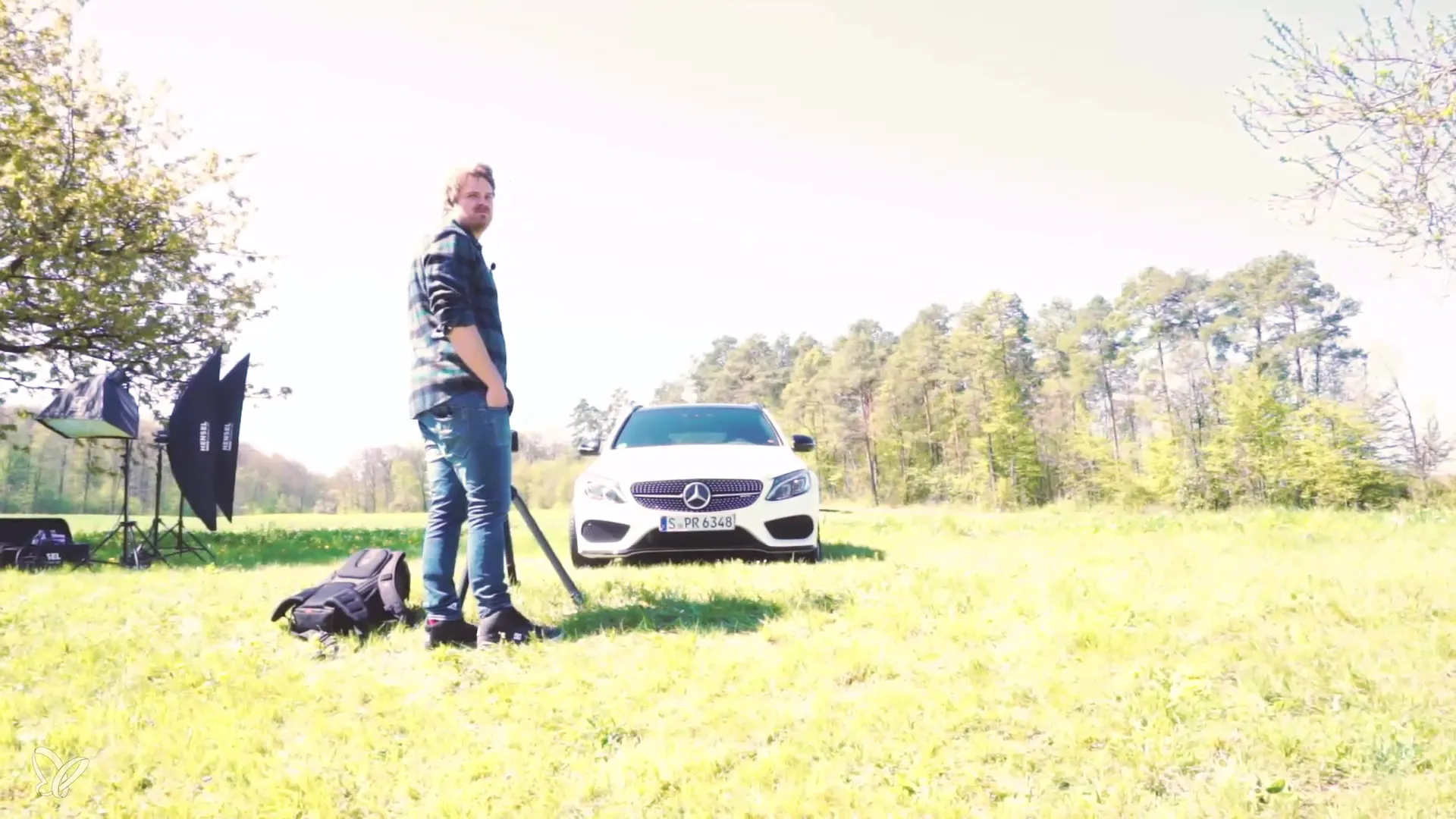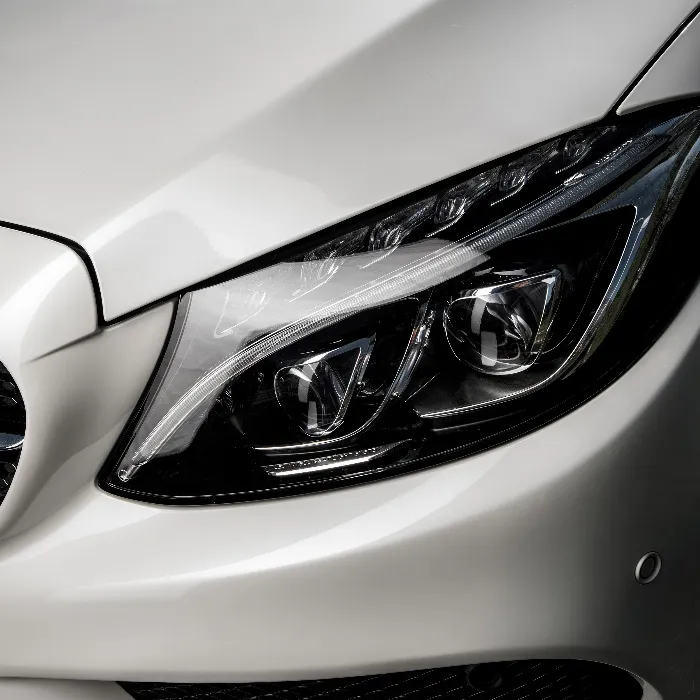Automobile photography is a fascinating art form that requires both technical skills and creative visions. Sometimes things don't go as planned, as you can see in the outtakes of this tutorial. This text gives you an insight into the challenges that can arise in automobile photography and explains how you can master them.
Key Takeaways
- Aperture and exposure are crucial for image quality.
- Proper preparation and communication during the shoot improve results.
- Understanding sharpness and blurriness is important to achieve the desired effect.
- Patience and flexibility are essential when things don’t go right immediately.
Step-by-step guide to automotive photography
1. Choose the right aperture
To achieve high-quality shots, it is important to adjust the aperture so that the image is correctly exposed. In one of the first scenes, you can see that the photographer is working with an aperture of 28, but the image is still too dark. Patience is required here. You may need to increase the aperture to capture the light optimally. This can be a challenge, especially with changing lighting conditions.

2. Find the right position
The outtakes clearly show that positioning is one of the keys to a successful photo. Seeing that the sharpness is behind while the foreground object is blurry indicates that you need to rethink your perspective. The right positioning can be crucial for the aesthetics of the image. Be ready to adjust your position during the shoot and make multiple attempts to get the perfect shot.

3. Communication is key
Another important element is communication with your team or the driver. It helps to give clear instructions and develop a good workflow system. In the last shots of the video, you hear that it is important to inform the driver through a clear communication channel before you take the shot. When everyone knows what to do and when, the recordings will be more efficient and successful.
4. Conduct test shots
Before you start with the actual images, it is often beneficial to take test shots. These help you get a feel for light, sharpness, and the right settings. The outtakes make it clear that even professionals sometimes need to conduct a “test 13” to ensure everything is fine. Use this time to make sure that everything is properly set and correct any mistakes before you start taking the real shots.
5. Be patient
Not everything goes smoothly, as the scenes show where the team has to wait for the environment to be still to make the best shots. You must learn to be patient. Sometimes it is better to wait a moment to create the desired conditions for a good photo. This patience can make a decisive difference in image quality.

Summary – Getting Started in Automotive Photography: Tips and Challenges
In summary, automotive photography requires not only technical skill but also creative planning and teamwork. Learn to set the aperture correctly, find the optimal position, and communicate effectively with your team. Test shots are essential, and patience is a virtue that will help you achieve the best results.
Frequently Asked Questions
How important is the aperture in automotive photography?The aperture significantly affects the exposure and depth of field of the image.
What should I consider when positioning?The perspective can be crucial for the image composition and the result.
How can I improve communication during a shoot?Clear instructions and a well-coordinated workflow help increase efficiency.
Why are test shots important?They allow you to identify mistakes and find the right settings before taking the final shots.
What can I do if the conditions change?Be flexible, adjust your settings and positions, and be patient until conditions are optimal again.

